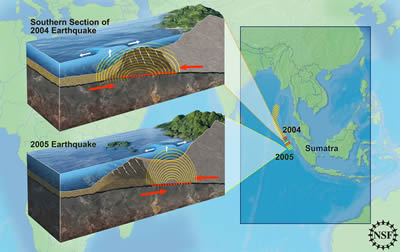- OUR CHANGING PLANET
- Changing Mosquito Genes
- Grapevines and Drought
- Bark Beetle Outbreaks
- Survival of Trees
- Disappearing Lizards
- Infectious Diseases
- Adaptation of Species
- Rising Sea Level
- Thawing Permafrost
- Melting Glaciers
- Black carbon
- Ocean Acidification
- Fading Corals
- Ocean Temperatures
- Withering Crops
- Warming Lakes
- Fresh Water in the Arctic
Our Changing Planet
When we look around us, we can see that our planet's climate is changing rapidly. The National Earth Science Teachers Association and Windows to the Universe are working together with NBC Learn and the National Science Foundation to explore the impact that climate change is having on our planet. The resources below provide links to videos developed by NBC Learn on twelve key indicators of climate change, as well as lesson plans for teachers to use to explore the science behind these indicators with their students at the secondary level.
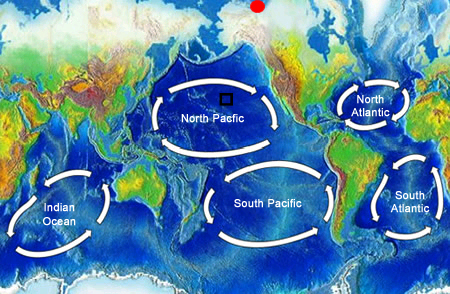
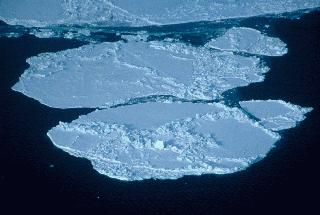
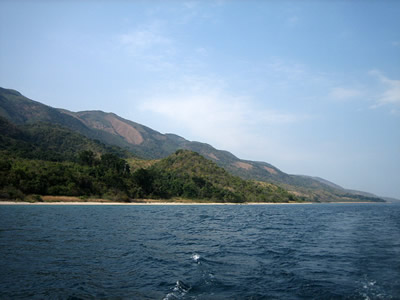
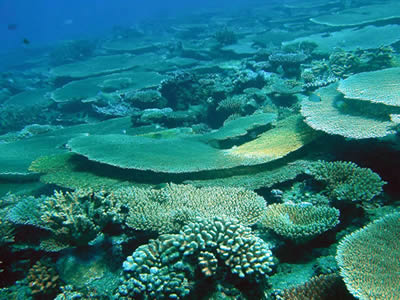

Please log in
Science Blogs
Real Climate: climate science from climate scientists

Windows to the Universe, a project of the National Earth Science Teachers Association, is sponsored in part is sponsored in part through grants from federal agencies (NASA and NOAA), and partnerships with affiliated organizations, including the American Geophysical Union, the Howard Hughes Medical Institute, the Earth System Information Partnership, the American Meteorological Society, the National Center for Science Education, and TERC. The American Geophysical Union and the American Geosciences Institute are Windows to the Universe Founding Partners. NESTA welcomes new Institutional Affiliates in support of our ongoing programs, as well as collaborations on new projects. Contact NESTA for more information.






